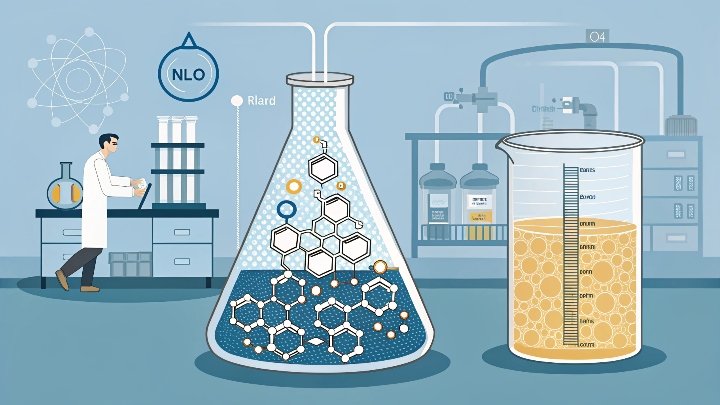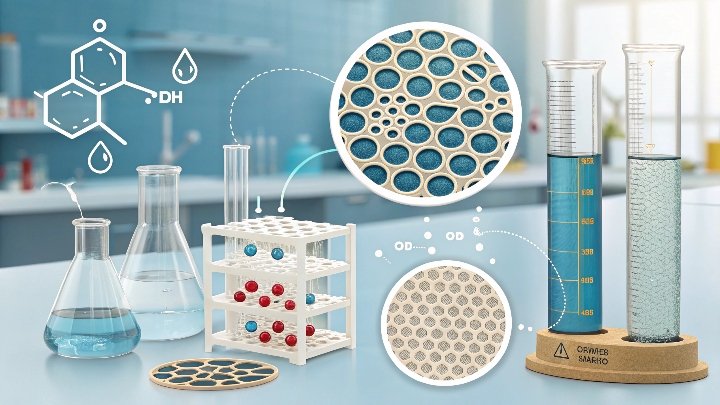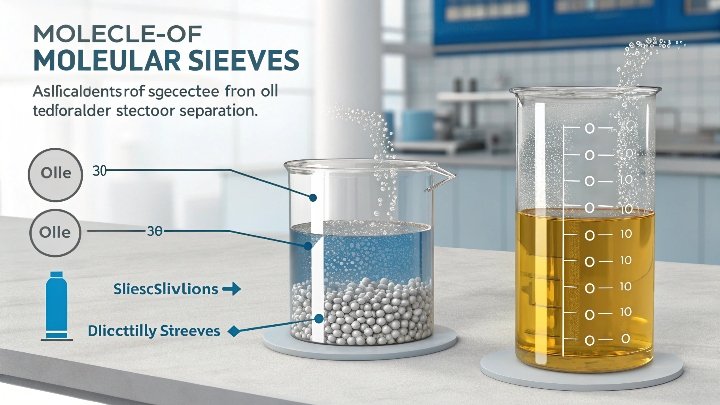Water contamination in oil costs the petrochemical industry billions annually. But what if a tiny material could slash these losses? Let’s explore why giants are betting on molecular sieves.
Molecular sieves outperform traditional oil-water separation methods by selectively adsorbing water molecules through optimized pores. Their high surface area ensures efficient dehydration, meeting strict oil quality standards while reducing operational costs.
The shift to molecular sieves isn’t just hype—it’s a calculated response to decades of industry pain points. Below, we break down the science, savings, and real-world impact driving this revolution.
The Petrochemical Industry's Water Problem: Why Traditional Methods Fall Short?
Oil and water don’t mix—until they do. Contaminated oil damages equipment and cuts profits. Let’s see why old-school methods struggle to fix this.
Centrifuges and chemical demulsifiers often leave 2-5% residual water in oil. This “last mile” moisture corrodes pipelines and increases refining costs by up to 17%, creating demand for precision solutions.
The Hidden Costs of Imperfect Separation
Here’s why the industry can’t afford mediocre dehydration:
| Issue | Traditional Methods | Molecular Sieves |
|---|---|---|
| Residual Water | 2-5% | <0.1% |
| Equipment Corrosion | High risk | Negligible |
| Energy Consumption | 150-200 kWh/m³ | 50-80 kWh/m³ |
| Waste Generation | Chemical sludge | Zero byproducts |
I’ve seen refineries spend $1.2M/year just replacing corroded valves. One client reduced pipeline maintenance by 40% after switching to sieves. The problem isn’t just technical—it’s financial.
Three Critical Gaps in Conventional Tech:
- Size Blindness: Centrifuges can’t distinguish between 5µm water droplets and oil.
- Chemical Dependency: Demulsifiers require precise pH control and create toxic waste.
- Energy Gluttony: Thermal dehydration consumes 30% of a refinery’s energy budget.
Molecular Sieves 101: How Selective Adsorption Outperforms Conventional Tech
Think of molecular sieves as bouncers for oil. They let water in but block hydrocarbons. Here’s how their “smart pores” work.
Molecular sieves use precisely sized pores (3-5Å) and polar surfaces to trap water molecules. This selective adsorption achieves 99.9% dehydration—something centrifuges can’t match.
The Anatomy of a Water-Hunting Machine
Let’s dissect why sieves dominate dehydration:
1. Size Exclusion:
- Pore diameter: 3Å (zeolite 3A) vs. water molecule size: 2.75Å
- Oil molecules (e.g., hexane: 4.3Å) get physically blocked
2. Polarity Play:
- Sieve surfaces carry negative charges that attract polar water (H₂O dipole moment: 1.85D)
- Non-polar oil components (dipole <0.5D) get ignored
3. Regeneration Ready:
- Heat sieves at 250°C for 4 hours to release trapped water
- Reuse up to 5,000 cycles without performance loss
During a project in Alberta, we boosted sieve lifespan by 60% using a stepped regeneration protocol. The key? Balancing temperature and purge gas flow to prevent structural collapse.
From Lab to Refinery: Real-World Cases Where Molecular Sieves Saved Millions
Theory means little without results. These three cases show why engineers are ditching old playbooks.
A North Sea platform cut water content from 3% to 0.08% using sieves, saving $4.7M/year in pipeline repairs. Similar wins are happening globally.
Case Studies: Proof in the Barrel
1. Offshore Oil Recovery (Norway):
- Problem: 30,000 bpd output with 5% water
- Solution: Sieve polishing after hydrocyclones
- Result: 0.1% final moisture, $2.8M/year saved on electrostatic treater fuel
2. Jet Fuel Dehydration (Dubai):
- Challenge: Meet ASTM D1655 spec (<30ppm water)
- Method: 4A molecular sieve beds
- Outcome: Consistent 15ppm levels, eliminated $600k/year filter replacements
3. Waste Oil Recycling (Texas):
- Issue: 12% water in used lubricants
- Fix: Sieve + centrifugation hybrid system
- Profit: 92% oil recovery rate (vs. 78% previously), $1.2M annual revenue boost
A Canadian refinery manager told me: “We recovered our sieve investment in 8 months. Now it’s pure profit.” That’s the power of material science done right.
Conclusion
Molecular sieves aren’t just another tool—they’re rewriting oil-water separation economics. As standards tighten and profits slim, this material revolution couldn’t have come sooner.
CHEMEQUIP provides industry-leading molecular sieves tailored for your separation challenges. Explore our solutions.





